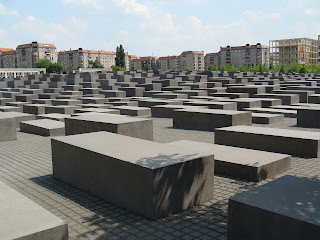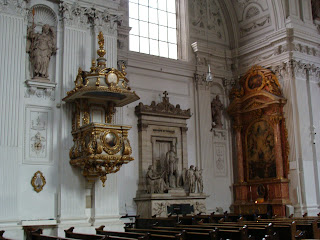Most of the 900 moai in the island come from the slopes of the Rano Raraku volcano. In this unique place, hundreds of sculptors and artists worked between the years 1000 and 1680 to produce giant statues of volcanic stone. Huge burins of basalt, the toki, made it possible to separate the giant sculptures from the flanks of the volcano before finishing them. Today, the visitors who walk through the external and internal slopes of the Rano Raraku can contemplate several tens of these impressive statues, most of them with their body buried. We also know there are moai that were covered by dirt, landslides, rubble and vegetal remains. In this site, a total of 397 moai were counted. Except for their hat (pukao), which came from a quarry near Hanga Roa (Puna Pau), their eyes (made of coral, obsidian or tuff) and their ornamentation, the manufacturing process of the moai was executed almost completely in the same place.
Font:http://www.easterislandtourism.com/what-to-visit/volcanos/






















































